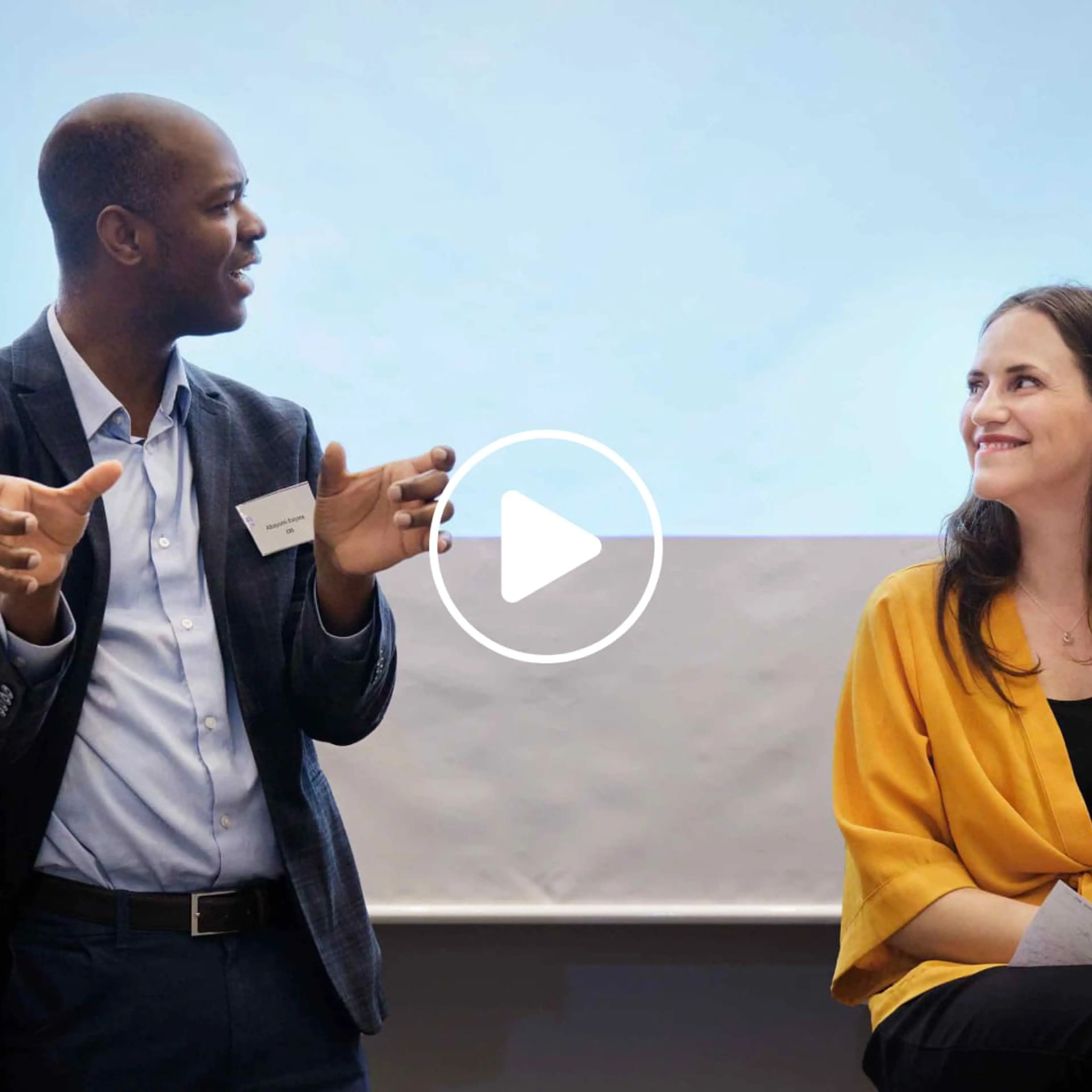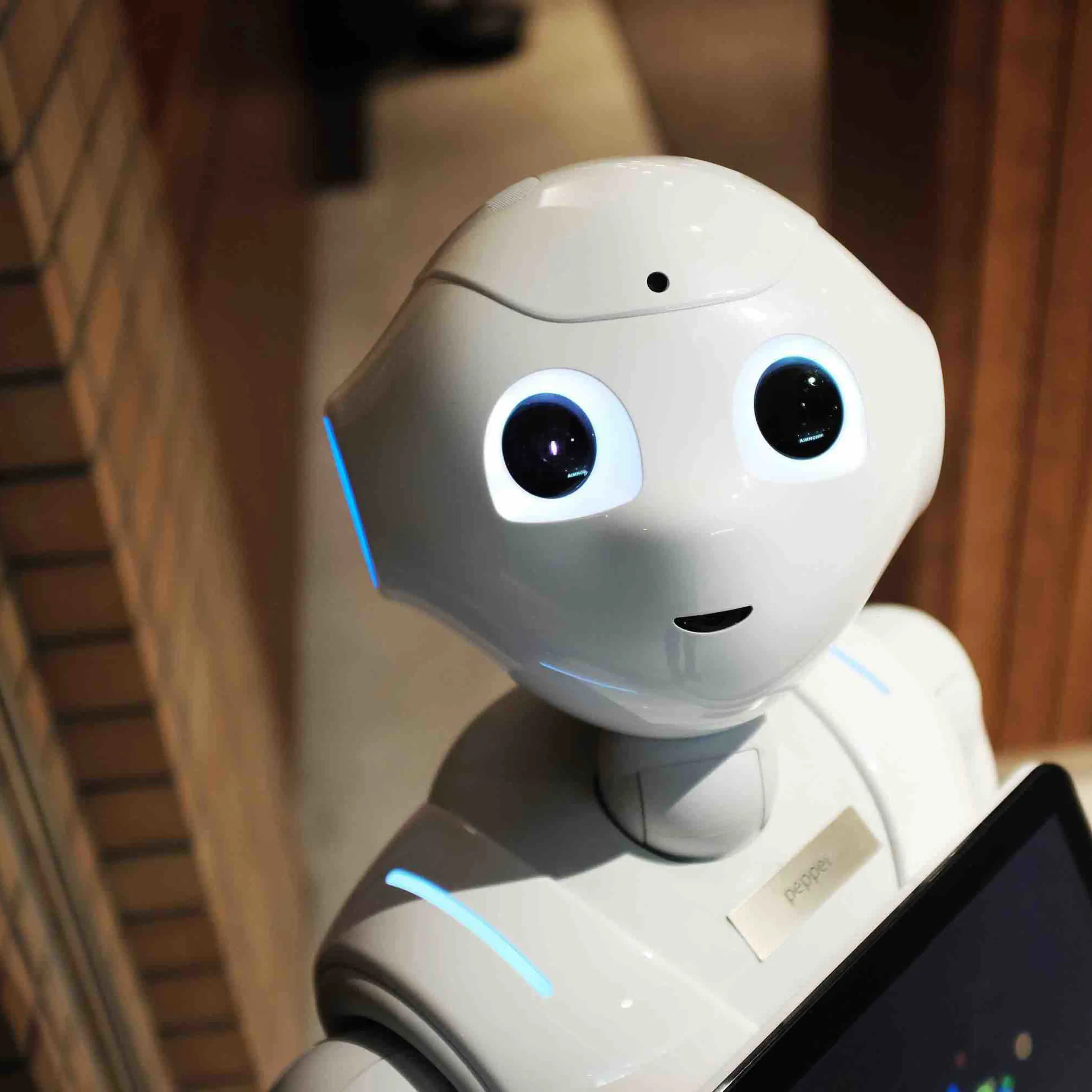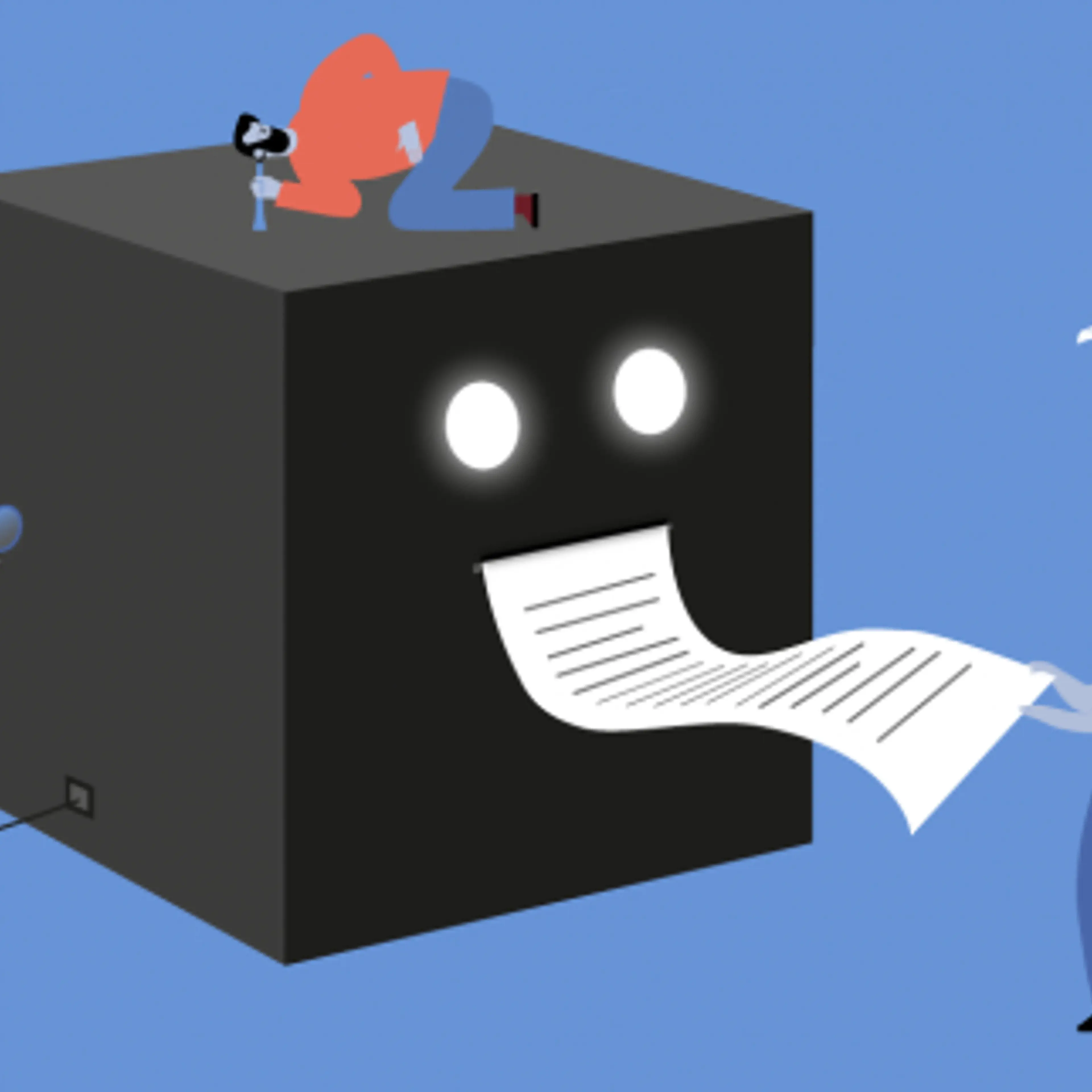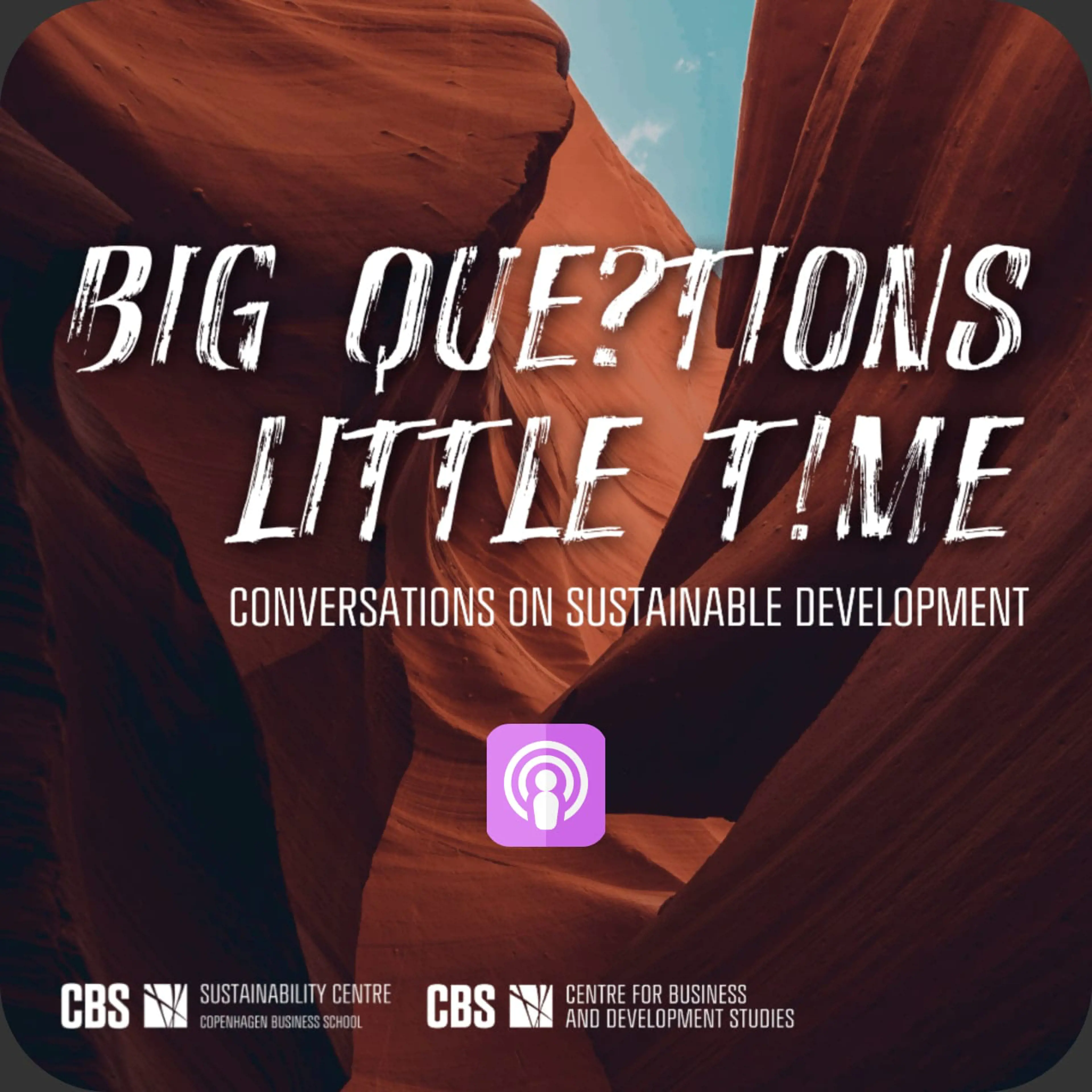Magic is not the driver behind Artificial Intelligence. The rumours and mystery surrounding technology like ChatGPT leaves us with the impression of an almost otherworldly intelligence. But this is when we have to remind ourselves that it is a machine, a construction, a generative language model. To the very best of its ability, it calculates how to string words together and present answers that make sense. But that does not always happen. It guesses and “hallucinates”. If it was human, we would say that it was ranting or talking gibberish.
Sine Zambach is Assistant Professor at the Department of Digitalisation at CBS, and throughout her career, she has worked on making IT and programming more exciting to children, young people and women – both during her working hours and her leisure time. She is excited by the new technology. However, she points out that we should also be aware of its limitations.
AI SEDUCES
She suggests that all of us, but the younger generations in particular, should quickly enter AI’s engine room or stomach or brain or whichever metaphor best conveys the message: Place your hands on the keyboard and get going! With user instructions, online tutorials, courses or whatever takes your fancy. Because a language model like ChatGPT and other forms of Artificial Intelligence perform better when humans understand and control the technology.
“There is enormous potential in Artificial Intelligence for our society. And in order to become instrumental in creating the technologies of the future, you have to start somewhere. This is particularly true when we talk about children and young people, but it concerns all of us. We simply must get to grips with what the technology is able to do and how it works. It is imperative that we all possess a minimum of understanding,” says Sine Zambach and then continues:
“You need insight in order to not be seduced by AI. It cannot do everything, but it can be helpful if you feed it directions. By way of example, you have to understand that when it hallucinates, it is a so-called ‘stochastic parrot’, stringing words together more or less randomly, which in the best-case scenario could be regarded as chatting. But it is not a real friend with a real name like George Peter Thompson (the initials GPT). It is a machine that makes mistakes,” she says before pointing out:
“Insight into the technology can provide us with a really good understanding of what its potential is and how we can use Artificial Intelligence to create something of value to human beings.”
MACHINE OR INTELLIGENCE?
Sine just recently returned from Folkemødet on Bornholm, where she taught programming to a local class. With the help of AI, the pupils were able to create their own apps that focused on edifying subjects such as democracy or biology. Zambach is the author of the book "Kvinde, kend din kode (Woman, know your code)”, and for a number of years, she has been working with Coding Pirates, a digital club for children. She is an idealist with a practical approach to new technologies, and not long ago, she was appointed to the Board of Professional Data Ethics established by the Academy of Technical Sciences (ATV). Here, her contributions will be based on her data science background, her many years of working with AI and a general interest in data ethics.
“I’m very interested in how AI can strengthen democracy, for example, by increasing equality by way of helping people neutralise the human biases that we are sometimes blind to in, for instance, job postings,“ she explains.



